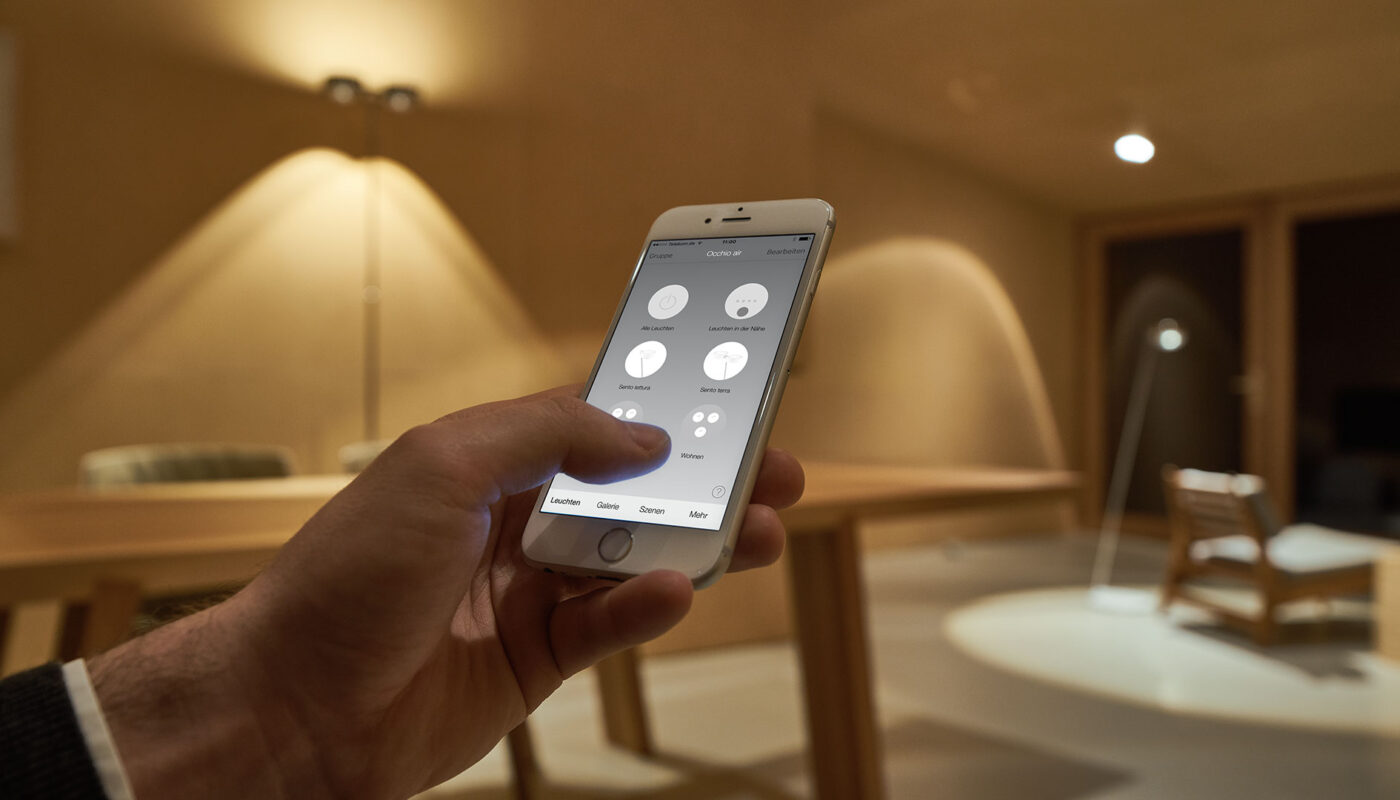Light sensors are used as key components in a wide range of applications including smartphones, automation systems, street lighting and automotive display systems among others. They help detect ambient light levels and adjust display brightness accordingly to enhance visibility and save battery power. The rapidly growing adoption of light sensors in smart lighting applications is expected to drive significant growth in the light sensors market. Smart lighting systems utilize light level sensing capabilities to autonomously adjust light intensity based on occupancy and available natural light. This results in optimized energy consumption.
The global light sensors market is estimated to be valued at US$ 3.52 Billion in 2023 and is expected to exhibit a CAGR of 7.9% over the forecast period 2023 to 2030, as highlighted in a new report published by Coherent Market Insights.
Market Dynamics:
Growing adoption of smart lighting systems is a key driver for the light sensors market. Rapid urbanization and focus on energy efficiency have accelerated investments in smart street lighting and smart buildings integrated with lighting control systems. Light sensors enable these smart lighting installations to deliver optimized energy consumption by automatically adjusting light levels based on ambient light and occupancy. Additionally, the proliferation of IoT-enabled devices has increased demand for light level sensing capabilities. Devices such as smartphones, tablets, smart home appliances and wearables heavily rely on light sensors for display brightness adjustment as well as ambient light-based user experience enhancement. Rising penetration of IoT across industries will continue propelling the light sensors market over the forecast period.
Segment Analysis
Light Sensors Market is dominated by proximity and ambient light sensors segment. Proximity and ambient light sensors accounted for around 60% share of the overall light sensors market in 2022. These type of sensors are widely used in smartphones for auto brightness adjustment and on/off touchscreen functionality. Demand for proximity and ambient light sensors is expected to continue its dominance owing to growth in smartphone shipments and increasing usage of these sensors in various consumer electronic devices.
PEST Analysis
Political: Light sensors market growth is reliant on thriving electronics industry. Any trade wars or protectionist measures impacting electronics imports and exports can negatively impact market growth.
Economic: Growth in the global economy leads to rise in disposable incomes boosting discretionary spending on consumer electronics incorporating various light sensors. Higher GDP growth predicts positive outlook for light sensors market.
Social: Changing consumer preferences towards smart devices and popularity of technologies like IoT and AI drives demand for advanced light sensors. Social media influence popularizing usage of advanced devices boost market prospects.
Technological: Advancements in sensor technology enabling miniaturization, lower power consumption and multi-purpose usage augurs well for the market. Development of advanced ambient light sensing with intelligent lighting control may open new growth avenues.
Key Takeaways
Global Light Sensors Market Size is expected to witness high growth over the forecast period of 2023 to 2030 supported by thriving consumer electronics industry globally.
Geographically, Asia Pacific region is currently dominating the light sensors market owing to presence of leading sensor manufacturers and huge consumer electronics production base in China, South Korea and other Asian countries.
Key players operating in the light sensors market are Kamstrup, Danfoss, Qundis, Itron, Zenner, Engelman, Ista, Landis+Gyr, Diehl, Sontex, Brunata, Apator, Techem, Techno-Trade, GWF MessSysteme, Weihai Ploumeter, Axioma Metering, Zhifang Huaxu, Sensus Metering Systems. Rising consumer electronics demand globally has prompted increased adoption of light sensors by key embedded device manufacturers.
*Note:
1. Source: Coherent Market Insights, Public sources, Desk research
2. We have leveraged AI tools to mine information and compile it




